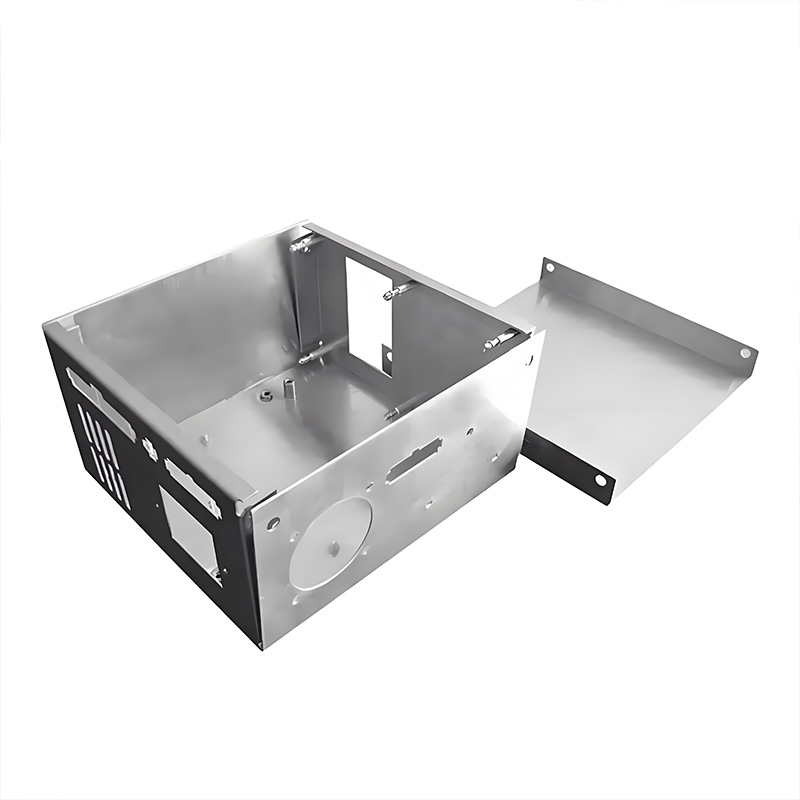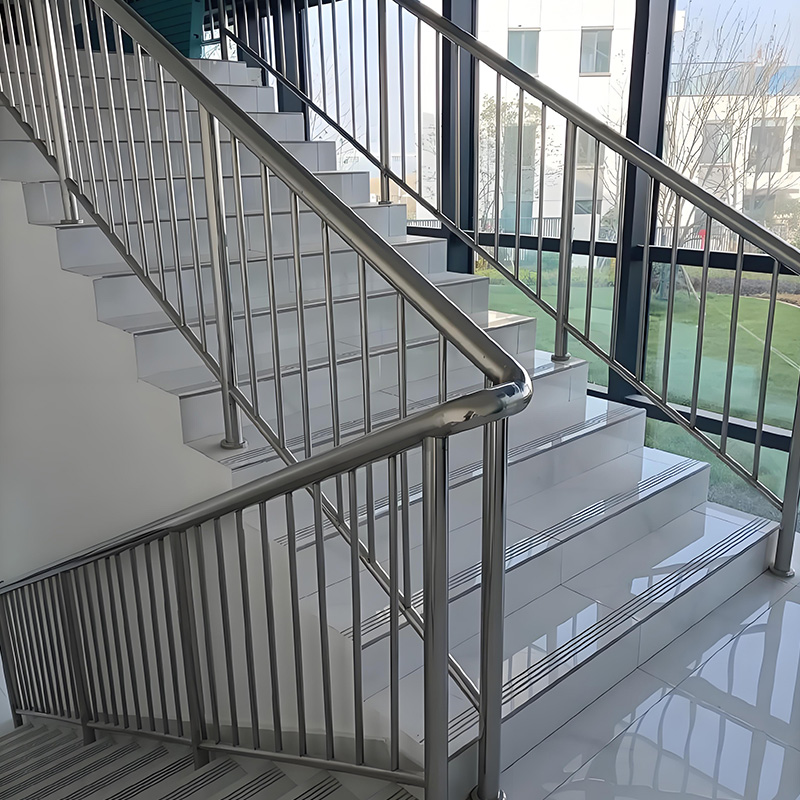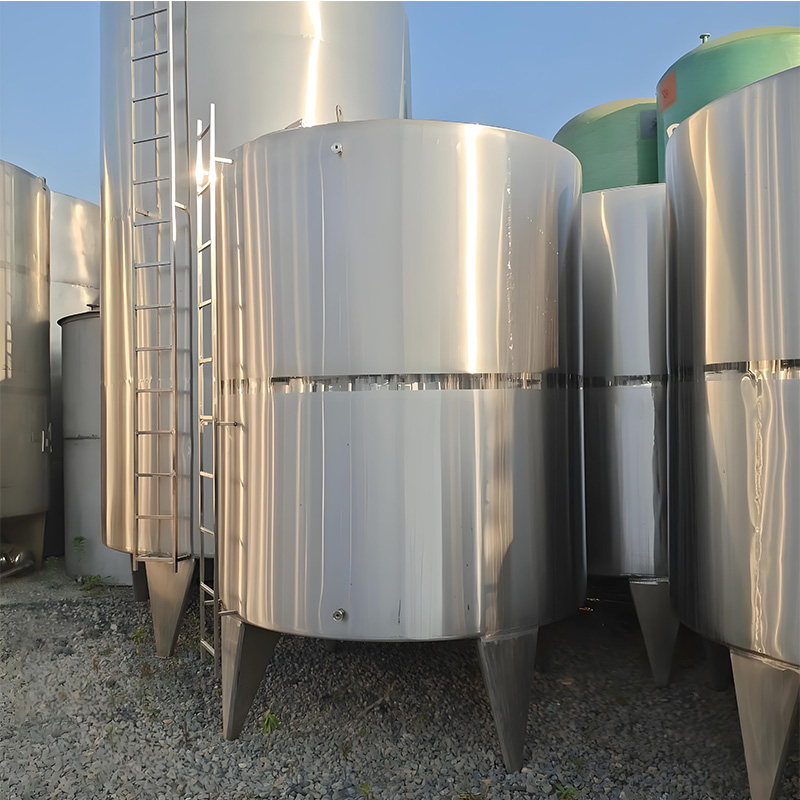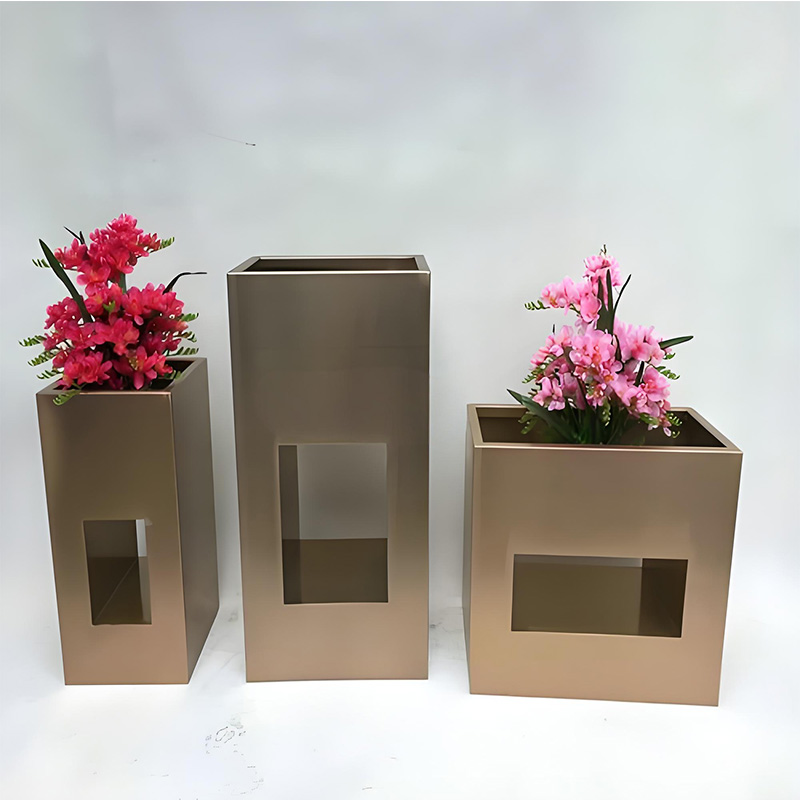Sheet Metal Enclosure: 6 Secret Tips for Perfect Sealing!
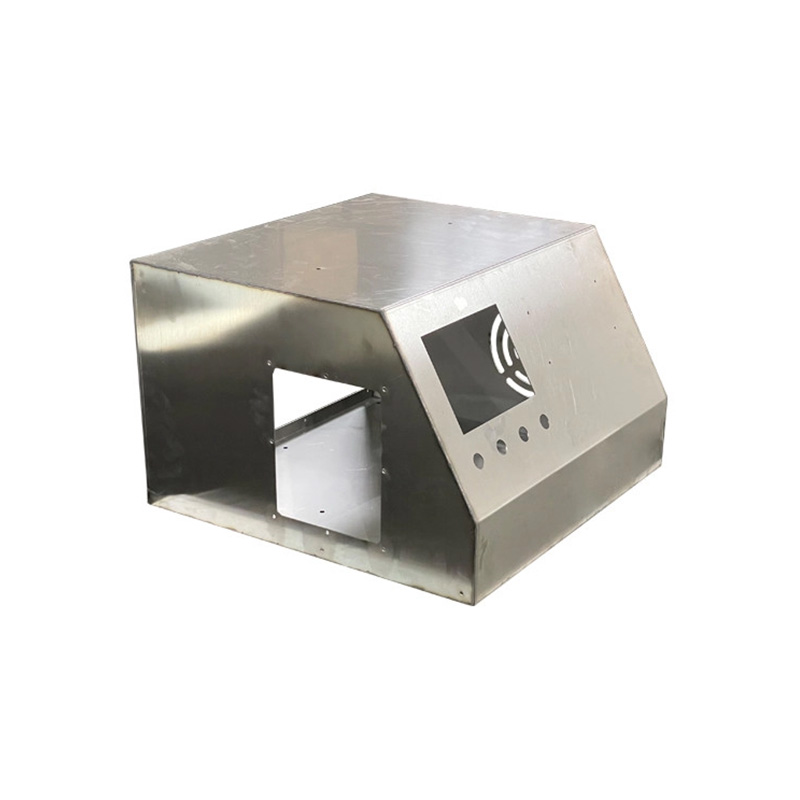
1. Material Selection: The Foundation of Sealing
Choosing the wrong gasket material is the #1 reason for enclosure failure. Surprisingly, 43% of premature failures trace back to incompatible materials (Frost & Sullivan, 2024). Rubber seals work for general use, but chemical exposure demands silicone.
Our team discovered this during a 2025 wastewater plant project. Standard EPDM gaskets deteriorated within months when exposed to chlorine vapors. Switching to fluorosilicone solved the issue permanently.
Gasket Material Comparison
| Material | Best For | Avoid When |
|---|---|---|
| Silicone | High-temperature environments | Petroleum exposure |
| EPDM Rubber | Weather resistance | Oils/solvents present |
| Neoprene | Moderate chemical resistance | Ozone exposure |
2. Surface Preparation: Don’t Skip This Step!
Even microscopic imperfections can cause leaks. Here’s the proper surface prep sequence:
- Degrease with isopropyl alcohol
- Sand mating surfaces with 220-grit
- Wipe with lint-free cloth
- Apply primer (if using adhesive-backed gaskets)
- Install within 15 minutes
Warning: Never install gaskets on powder-coated surfaces without proper surface roughening. The smooth finish prevents proper adhesion in 78% of cases.
3. EMI Shielding: More Than Just Sealing
Interestingly, EMI protection requires different approaches than environmental sealing. Conductive gaskets must make continuous contact with bare metal. Our preferred solution? Sheet Metal Enclosure designs with integrated finger-stock channels.
4. Thermal Management Integration
Heat dissipation often conflicts with sealing needs. Actually, you can achieve both with strategic vent placement. Install baffled vents at the bottom for intake and top for exhaust. This creates passive convection without compromising IP rating.
5. Bending Tolerance: The Hidden Factor
Sheet metal warps during fabrication. Counterintuitively, tighter tolerances can worsen sealing. Allow 0.5mm clearance per 100mm of panel length for thermal expansion. Laser-cut panels typically maintain ±0.1mm flatness versus ±0.3mm for punched parts.
6. Gasket Compression: The Goldilocks Zone
Too little compression leaks; too much deforms gaskets permanently. Aim for 15-30% compression depending on material. Use torque-controlled fasteners spaced every 50mm for consistent pressure.
Sealing Performance Checklist
Surface prepared per manufacturer specs
EMI grounding points confirmed
Thermal expansion gaps maintained
Fastener torque values documented
IP rating validation testing scheduled
Frequently Asked Questions
Q: How often should enclosure gaskets be replaced?
A: Typical lifespan is 3-7 years. Inspect annually for hardening or compression set.
Q: Can I achieve both IP67 and thermal management?
A: Yes! Use rated passive vents or active cooling systems with proper sealing.
Q: Are adhesive gaskets better than groove-mounted?
A: Groove mounting provides superior positioning accuracy but increases fabrication cost.




